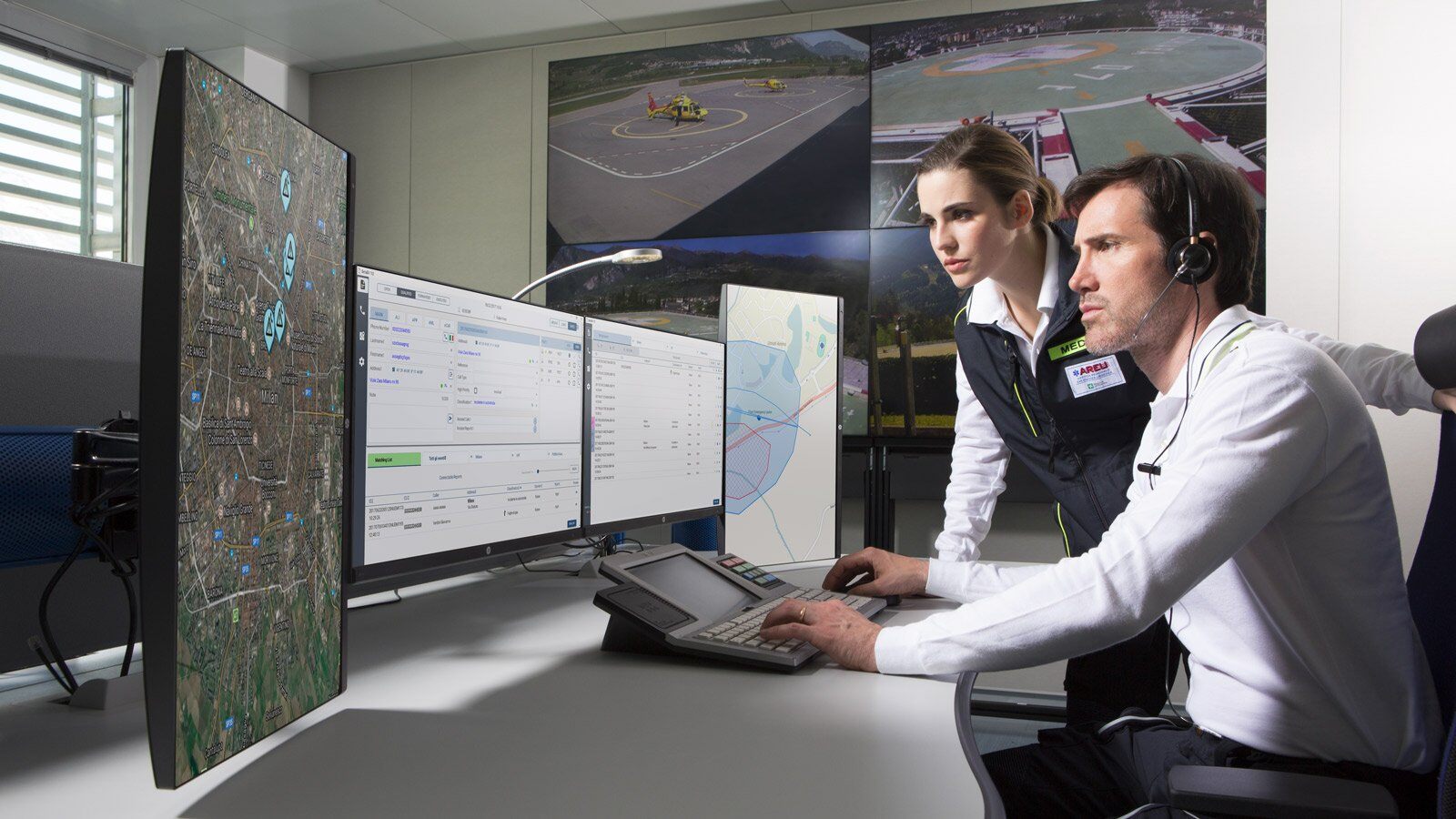112 - Common questions on the European Emergency Number

112 is the European Emergency Number, active 24 hours a day, seven days a week. It connects citizens and emergency services: law enforcement, EMTs, and firefighters. The number is almost fifty years old: it was standardized for the first time in 1972 at the European Conference of Posts and Telecommunications (CEPT) and confirmed in 1991 by the European Council. It was reaffirmed in 2002 by article 26 of the Universal Service Directive and subsequent amendments.
What Happens When You Call 112?
112 helps with any emergency. The call is directed to the nearest Public Safety Answering Point (PSAP) where a call taker asks a series of questions to assess the situation.
The vital information (call location and ID) is collected to qualify the call and understand the emergency type. The call taker then forwards the call to the most relevant II level PSAP (the “old” emergency numbers for police, firefighters, or EMT). The call transfer time average is 3 seconds.
Why not use the II level PSAP directly?
-
Remembering a single number is easier and more intuitive for a person during a stressful situation.
-
In case of emergencies with two or more agencies (eg. Fire Brigade and EMT) the coordination process is simplified.
-
112 acts as a filter for non-urgent calls, which can be up to 60% of the total. This clears II level PSAP call takers, giving them more space and time for the important calls.

Which countries have 112?
112 is active throughout the European Union. It is adopted by Albania, Georgia, Moldova, Iceland, Montenegro, Norway, Serbia, Switzerland, and Turkey.
What are 112's key requirements?
-
Free
-
Accessible from any terminal
-
Accessible for the differently abled
-
Multilingual
-
Accurate location of the caller
How is the 112 PSAP structured?
Each country can organize itself according to its own needs and characteristics, there is no fixed model. There are, however, four main models, codified by the European Emergency Number Association (EENA):
Model 1: Response on two levels: the first level typically managed by lay staff who filters calls. The specialized staff at the second level then manages the call in detail.
Model 2: Response on two levels: the first level can be managed by lay and/or specialized personnel. It takes care of filtering and locating calls and then passing them to the second level.
Model 3: Response on two integrated levels: the two exchanges work in synergy, maintaining an interaction scheme similar to that present in the previous two models: filtering and localization of calls at the first level and emergency management at the second level. For some, it is the most efficient model.
Model 4: Response on a single level that fully manages the emergency process: management of the call and dispatch of resources. The power plant is managed by often lay staff who undergo a long period of training.
What is the future of 112?
With the constant evolution in technology 112 PSAPs are also undergoing a gradual transformation and improvement.
There is a lot of talk about Next Generation 112: an important technological leap in the transmission of data from the citizen's smartphone to the operating systems of the Central. Thanks to a new ESInet network, it will be possible to send more accurate and complex metadata and multimedia files.








